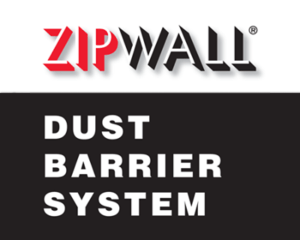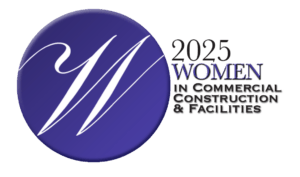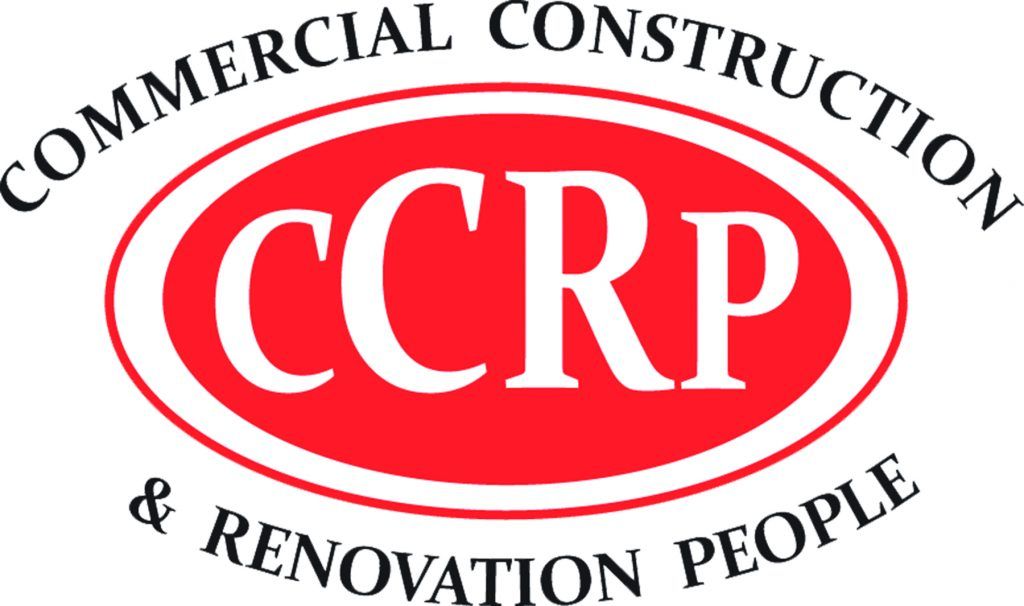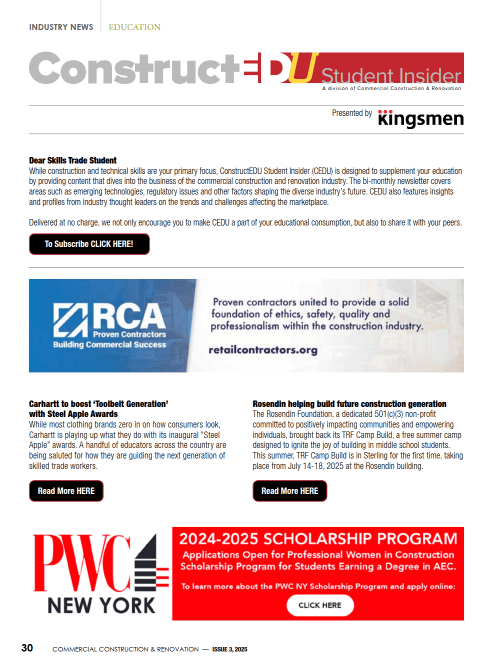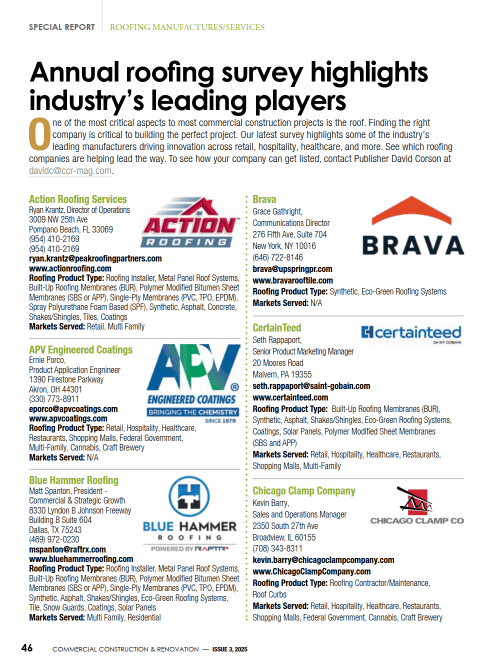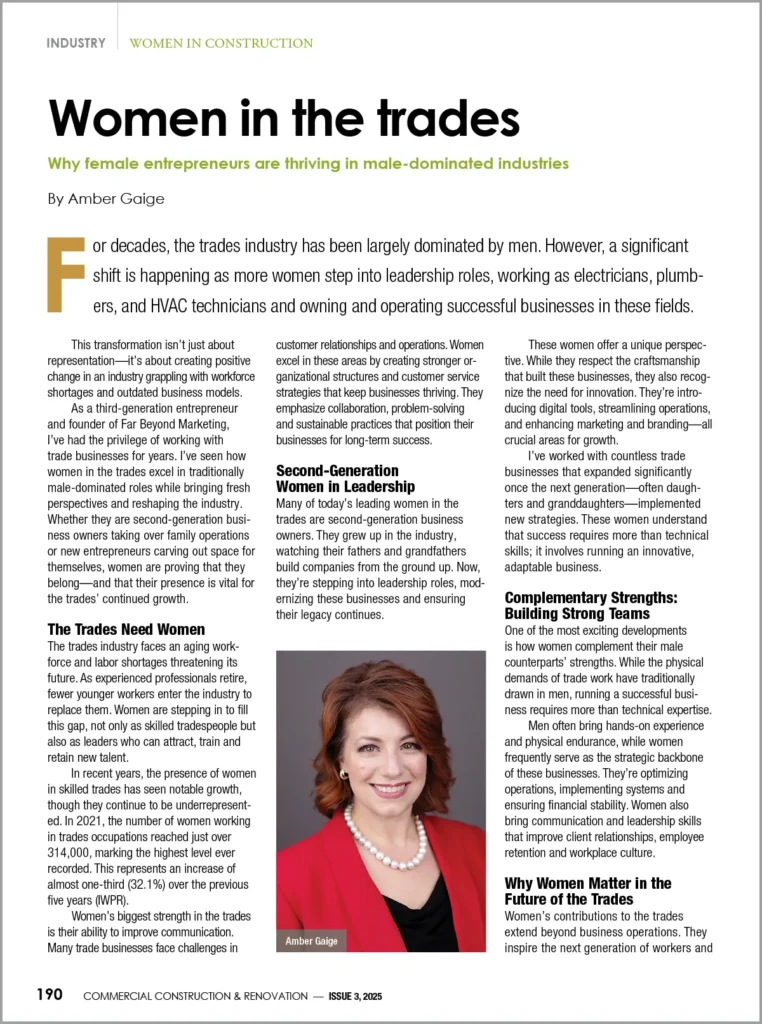Many businesses rush into partnerships with Chinese suppliers without fully understanding the shipping process, documentation requirements, and common logistical challenges. What seems like a minor oversight during the planning phase can quickly escalate into expensive problems once your goods are in transit. Whether you’re a seasoned importer or new to sourcing from China, avoiding these shipping mistakes is crucial for maintaining efficient supply chains.
Understanding the Chinese Shipping Landscape
China’s shipping ecosystem operates on unique parameters that differ significantly from Western logistics frameworks. Getting familiar with these differences is crucial for successful importing operations and avoiding costly mistakes in your supply chain.
Key Differences Between Chinese and Western Logistics
Chinese logistics systems prioritize volume and efficiency over customization, unlike Western systems that often emphasize customer service. In China, shipping infrastructure focuses on handling massive export volumes through centralized hubs like Shenzhen, Shanghai, and Ningbo. Documentation requirements in China are more extensive, with forms requiring Chinese translations and red stamps (chops) for verification—paperwork considered merely procedural in the West can delay shipments for weeks in China.
Communication patterns also vary dramatically. Chinese logistics providers typically use WeChat for business communications rather than email, and response times follow different expectations based on Chinese working hours and holidays. Cultural business practices embrace relationship-building (guanxi) before transactions, contrasting with the Western transaction-first approach.
The shipping cost structure differs too, with Chinese carriers often separating fees that Western companies bundle together. For example, Chinese forwarders might list container loading, documentation, and customs clearance as separate line items while Western companies present an all-inclusive rate.
Inadequate Supplier Verification
Inadequate supplier verification leads to costly mistakes when shipping from China. Failing to thoroughly vet manufacturers before committing to orders increases your risk of shipping delays, product quality issues, and potential scams.
How to Properly Vet Chinese Manufacturers
Proper manufacturer vetting prevents shipping complications and quality control problems. Start by requesting business licenses and verifying the supplier’s legal status through China’s National Enterprise Credit Information Publicity System. Conduct video factory tours to confirm production capabilities and equipment quality. Ask for detailed information about production capacity, quality control processes, and certifications like ISO, CE, or FDA approvals relevant to your product category.
Check the supplier’s export experience by requesting references from current international clients and sample shipments that demonstrate their shipping documentation practices. Third-party verification services like Alibaba Trade Assurance, SGS inspections, or specialized sourcing agencies provide additional security layers. These services verify supplier credentials, manufacturing capabilities, and financial stability through independent audits and assessments.
Test communication responsiveness and English proficiency by asking technical questions about your products. Suppliers who provide prompt, clear answers and ask insightful questions about your specifications typically handle shipping documentation more accurately. Request shipping documentation samples from previous exports to evaluate their familiarity with customs requirements, proper labeling, and packaging standards for international shipments.
Underestimating Shipping Costs
Many importers underestimate shipping costs from China, resulting in budget overruns and reduced profit margins. This miscalculation stems from overlooking various expenses beyond basic freight charges, including customs duties, handling fees, and last-mile delivery costs.
Hidden Fees and Charges to Watch For
Hidden fees significantly impact your total shipping costs from China, often increasing expenses by 25-40% beyond the quoted freight rates. These charges include terminal handling fees (THC) of $100-300 per container, documentation fees ranging from $30-100, and customs inspection fees that can reach $200 per examination. Detention and demurrage charges accumulate at $75-150 per day when containers aren’t returned within the free time allowance, typically 3-5 days.
Additional unexpected costs include:
- Currency adjustment factors (CAF) that fluctuate with exchange rates
- Fuel surcharges that vary with global oil prices
- Peak season surcharges during Chinese holidays like Chinese New Year
- Insurance premiums calculated as 0.3-0.7% of cargo value
- Container cleaning fees of $25-50 per container
Many Chinese freight forwarders advertise attractively low base rates while omitting these supplementary charges. Request a comprehensive breakdown of all potential fees before finalizing shipments to avoid budget surprises.
Documentation and Compliance Errors
Documentation and compliance errors represent critical pitfalls in the China-to-global shipping process. These mistakes often lead to costly delays, penalties, and even shipment seizures that can derail your supply chain operations.
Essential Paperwork for Smooth Customs Clearance
Successful customs clearance depends on complete and accurate documentation. Each shipment from China requires a commercial invoice, packing list, bill of lading (or airway bill), and certificate of origin. High-risk or regulated products need additional documentation such as safety certificates, chemical composition analyses, or food and drug administration approvals. Missing even one required document can result in your shipment being held at customs for days or weeks, incurring storage fees of $75-150 per day.
Inaccuracies in documentation create equally serious problems. Common errors include:
- Misclassified HS codes that result in incorrect duty assessments
- Understated or overstated values triggering customs investigations
- Incomplete product descriptions causing confusion during inspections
- Inconsistent information across different documents raising red flags
Chinese export documentation often requires both Chinese and English text, with official company chops (stamps) that verify authenticity. These unique requirements catch many first-time importers off guard, leading to documentation rejection and shipment delays.
The paperwork burden increases further for regulated products like electronics, toys, textiles, and food items. Each category has specific certification requirements, including CCC (China Compulsory Certification) for electronics, REACH for chemicals, and FDA certifications for consumables.
Quality Control Oversights
Quality control issues during Chinese manufacturing represent a significant risk that frequently results in damaged reputation and unexpected costs. These oversights occur at various stages of the production and shipping process, often due to misaligned expectations between Western importers and Chinese manufacturers.
Implementing Effective Pre-Shipment Inspections
Pre-shipment inspections serve as your final defense against receiving defective or substandard products from Chinese manufacturers. Professional inspections identify product defects, packaging issues, and specification deviations before goods leave the factory. Many importers skip this crucial step to save the $300-500 inspection cost, only to face returns or replacements costing 10-15 times more later.
To implement effective pre-shipment inspections:
- Schedule multiple inspection points throughout production—initial, during-production, and final—rather than only inspecting finished goods
- Use detailed inspection checklists that specify acceptable quality levels (AQL) for critical, major, and minor defects
- Hire third-party inspection companies with local Chinese staff who understand both international standards and local manufacturing practices
- Document all findings photographically to clearly communicate issues to suppliers and create accountability
- Establish clear consequences for failed inspections, including payment terms tied to successful quality verification
When defects are discovered during inspection, address them immediately rather than hoping they’ll resolve themselves during shipping. Failed inspections often indicate systemic production problems that require intervention before goods are shipped.
Misunderstanding Import Regulations
Import regulations vary significantly between countries, with each destination having its own complex framework of rules governing incoming shipments from China. Misinterpreting these regulations leads to customs delays, unexpected penalties, and potentially seized shipments.
Staying Compliant with Your Country’s Import Laws
Import compliance requires thorough knowledge of your country’s specific regulations for Chinese goods. Each nation maintains unique tariff schedules, prohibited items lists, and documentation requirements that directly impact your shipment’s customs clearance. The US, EU, UK, Australia, and Canada all enforce different regulatory frameworks—with restrictions on everything from electronics to textiles depending on their trade relationships with China.
Common compliance issues include:
- Incorrect HS code classification resulting in wrong duty payments and potential penalties
- Missing product certifications such as CE for Europe, UL for the US, or RCM for Australia
- Inadequate labeling that doesn’t meet local language or consumer safety requirements
- Intellectual property violations when importing items that infringe on protected patents or trademarks
For regulated products like toys, electronics, and food contact materials, you need specific safety certifications before your shipment can clear customs. Many importers discover too late that their products require testing costing $2,000-$10,000 per product category.
- Research your country’s specific import regulations for your product category before placing orders
- Verify exact duty rates using official customs websites rather than relying on supplier estimates
- Consult with a customs broker familiar with China-to-your-country shipping routes
- Document all compliance efforts to demonstrate due diligence if issues arise
Conclusion
Shipping from China offers tremendous opportunities but comes with complex challenges that require careful navigation. By avoiding the mistakes outlined in this guide you’ll protect your business from unnecessary costs delays and compliance issues.
Remember that success hinges on thorough supplier verification proper documentation accurate cost estimation and strategic timing around Chinese holidays. Don’t underestimate the importance of quality control and appropriate packaging for your specific products.
Take time to understand China’s unique shipping landscape and adapt your expectations accordingly. The extra effort spent on planning and prevention will pay dividends in smoother operations lower costs and fewer headaches.
With these insights you’re now better equipped to create a resilient supply chain that can weather the challenges of global commerce.







